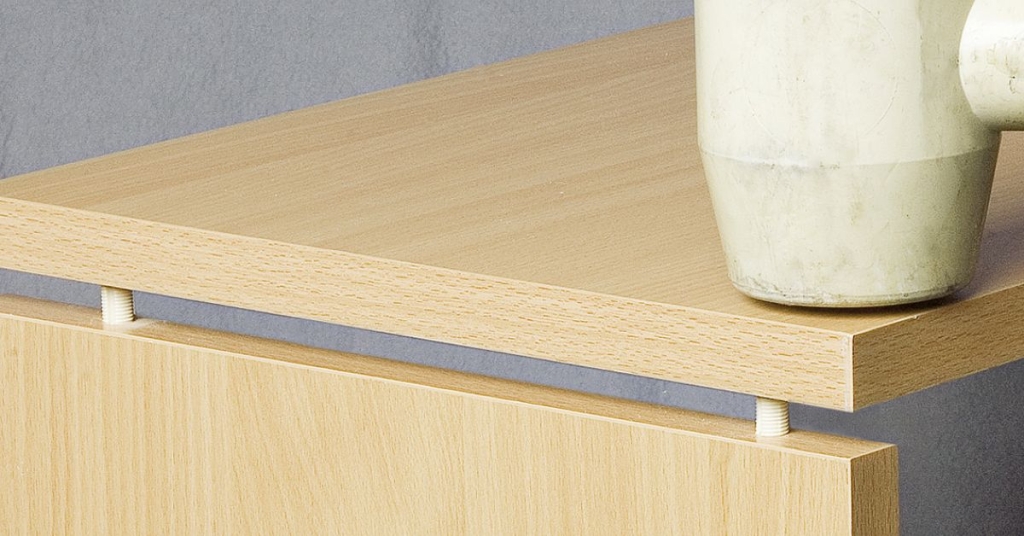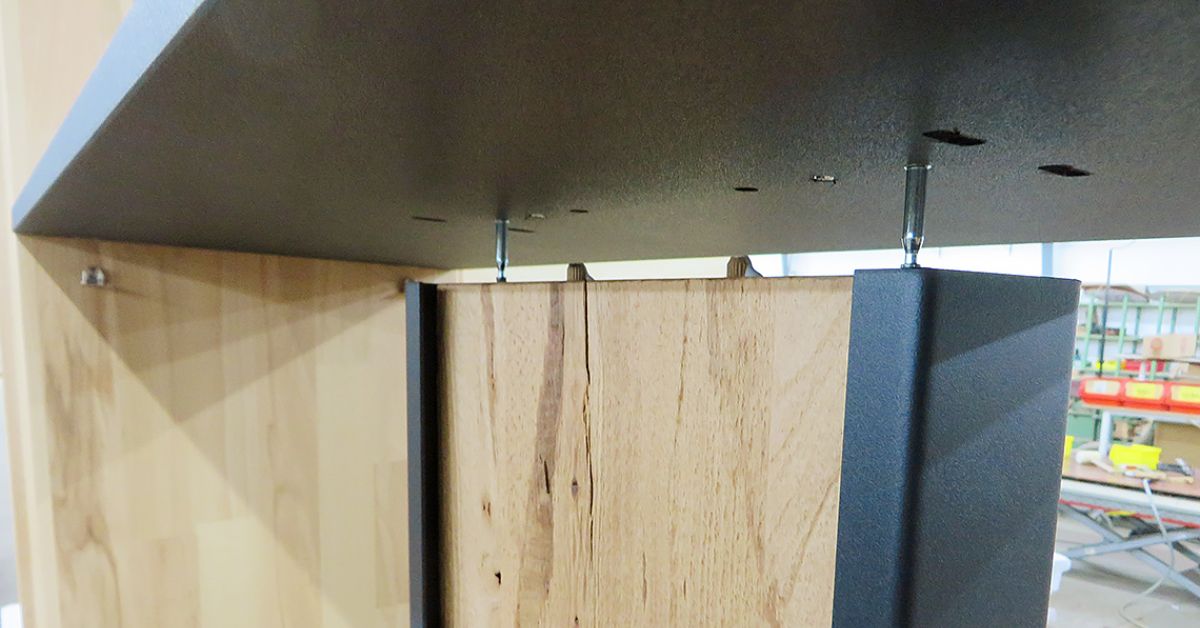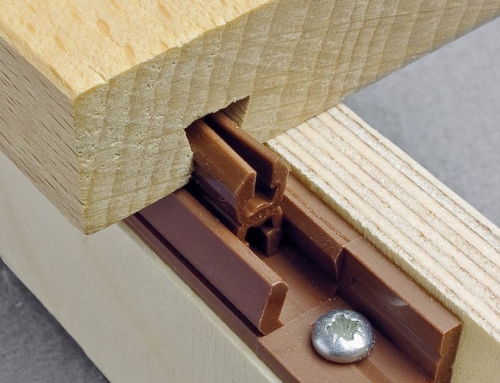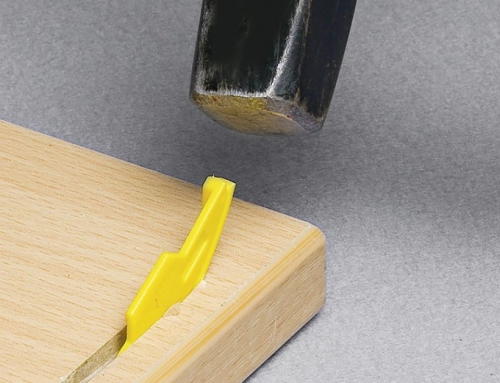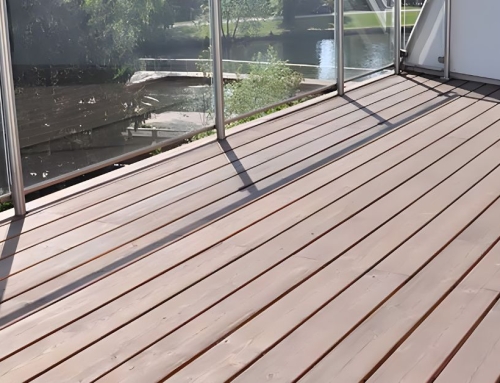Dowels are small but powerful and excellent at creating flawless, stable joints. It doesn’t matter if you’re a first-time woodworker tinkering around the shop or if you’re an expert crafting a wooden magnum opus; learning the ways to join wood with dowels for stable joints is a must-have skill.
If you’ve ever wondered how to get started with dowel joints, you’re in the right place! We’ll walk you through the entire process, from understanding how dowels work to making precise joints so you can produce strong wooden creations without breaking a sweat.
What Are Dowel Joints, and Why Do You Need Them?
Wooden dowel connectors, or dowel joints, consist of two joined pieces of wood that use round wooden pegs made to fit into predrilled holes. They may be small, but don’t get it twisted; dowels are incredibly sturdy and engineered for heavier tasks. When glued into place, dowels provide unmatched durability and help align wooden pieces perfectly.
Why Use Dowel Joints?
- Strength: Dowel joints add rigidity to your workpiece to reduce shifts or movements over time.
- Clean look: Unlike screws or bolts, dowels remain invisible to deliver a sleek, professional appearance.
- Simplicity: Once you get the hang of it, making dowel joints is straightforward and beginner-friendly.
Now that you understand the basics of dowel joints, it’s time to roll up your sleeves and get right into the process of joining wood with dowels.
Tools You’ll Need for Dowel Joinery
You must have the correct tools if you want to get the job done right. Here’s a rundown of everything you’ll need.
Basic Tools
- Wood dowels: Available in various diameters, choose your dowels based on your project’s requirements.
- Drill and drill bits: A standard drill fitted with the right-sized bit for your dowels is essential.
- Doweling jig: For perfect alignment while drilling, this handy tool is a must.
- Wood glue: Use a high-quality glue designed for wood bonding.
- Clamps: To hold your workpieces in place while the glue sets, make sure to use sturdy clamps.
- Tape measure and pencil: When it comes to accurate joints, precise measurements are everything.
Advanced Tools (Optional)
- Marking gauge: If traditional measuring methods aren’t your thing, this tool provides even markings.
- Router or chisel: These tools come in handy for cleanup and additional detailing.
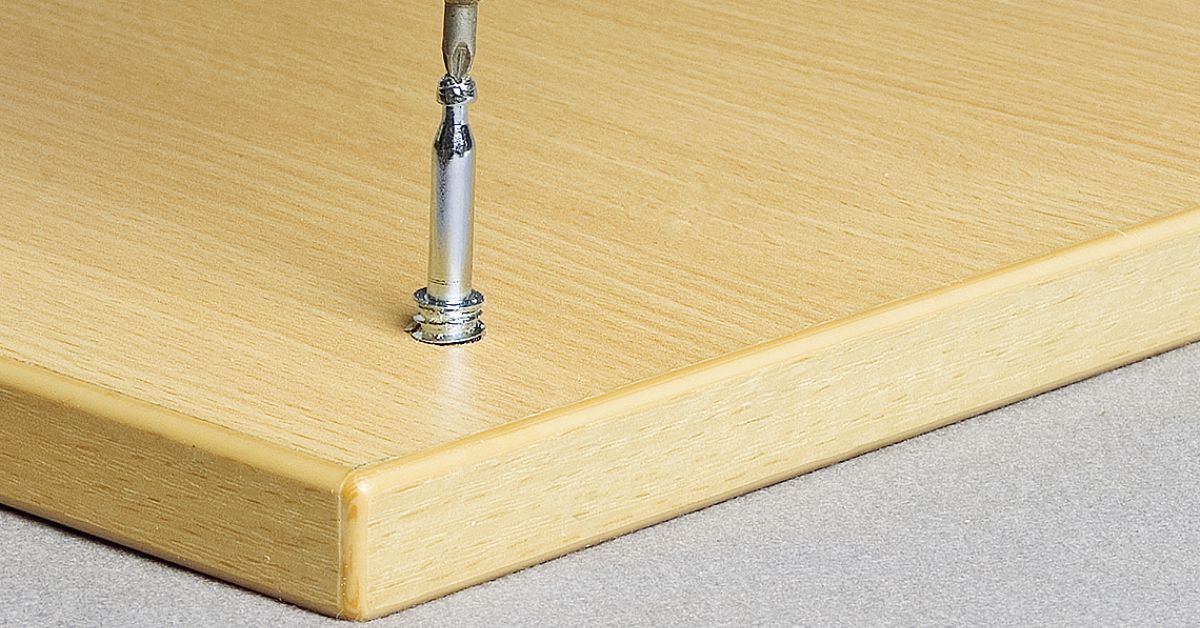
Essential Steps for Creating Perfect Dowel Joints
To guarantee solid joints that hold up over time, follow these key steps.
Step 1: Plan and Measure
Begin your project with careful planning. Pay attention to where your joints need to go and how strong they should be. Based on your design, measure and mark the placement of each dowel hole. For optimal strength, space your dowels evenly at approximately three to five inches apart.
Step 2: Mark the Dowel Holes
Using a pencil, mark where your dowels will go, and check that the corresponding marks align perfectly on both wood pieces being joined. Misaligned holes aren’t the end of the world, but people will notice if the final product appears uneven. For extra accuracy, try using a doweling jig. This tool helps you drill straight while guaranteeing your dowel holes align like puzzle pieces.
Step 3: Drill the Holes
With precision and patience, secure the wood, grab your drill (fitted with the appropriate bit size), and carefully drill into the marked positions. Avoid letting the drill wander off course, or your dowels might end up with more wiggle room than a dance floor. To avoid accidentally drilling too deep, attach a depth stop to your drill bit.
Step 4: Test the Fit
Before applying wood glue, dry-fit the dowels into their respective holes. This simple test ensures proper alignment and allows you to check that everything joins together snugly. If anything feels loose, double-check your drill bit size.
Step 5: Apply Glue
Once you’re happy with the fit, add a dab of glue into each dowel hole and coat the dowels lightly. Resist the urge to overdo it, as too much glue can squeeze out and leave a sticky mess. Next, insert your dowels and connect the two wooden pieces together. For a tight bond, make sure to press firmly.
Step 6: Clamp and Wait
Here’s where patience pays off. Clamp the joint tightly and leave it to dry for the recommended time (usually 24 hours for most wood glues). Before the glue sets, regularly check for alignment shifts. If you follow these steps correctly, your dowel joints should be ready to handle some serious weight.
Common Dowel Joint Mistakes (and How To Avoid Them)
Even the most experienced woodworkers make mistakes, but you can prevent dowel joint blunders from derailing your project by understanding how to avoid them altogether.
Misaligned Holes
To avoid misaligned holes that leave your joints wobbly and insecure, always double-check your measurements. A doweling jig can also guarantee proper alignment.
Loose Fits
If you choose dowels that are too small, this choice could lead to weak joints. If you notice your dowels don’t quite fit, switch to larger dowels or use wood glue to fill minor gaps.
Weak Glue Bonds
With poor glue adhesion, your joint could come apart. To prevent this, spread your glue evenly to cover the complete surface of the dowels and holes.
Crooked Dowels
If you don’t insert your dowels straight enough, they can fail. Drill straight holes using a dowel jib.
Dowel Joints vs. Alternatives
While dowel joints pack a mighty punch, it’s good to know all your options when deciding on the best joinery for your project.
Mortise and Tenon
When looking for supreme durability for heavy-duty projects, mortise-and-tenon joints are your best friends. However, they’re time-consuming to use compared to dowels.
Pocket Hole Screws
Pocket holes are easy to make and strong enough for many projects, but they sometimes leave visible holes you’ll need to cover for aesthetics.
Biscuit Joinery
Like dowels, biscuits are discreet and offer decent strength. That said, dowels have the edge when it comes to vertical alignment and overall rigidity.
The Beauty of Dowel Joinery
Crafting stable joints with dowels elevates your woodworking skills and unlocks a world of creative possibilities. Whether you’re building a wooden table or fixing an old cabinet, understanding the ways to join wood with dowels for stable joints will help you handle any job with elegance and efficiency.
If you’re ready to take on a woodworking project, head over to Knapp Connectors to stock up on dowels so you can start creating your next work of art today.

